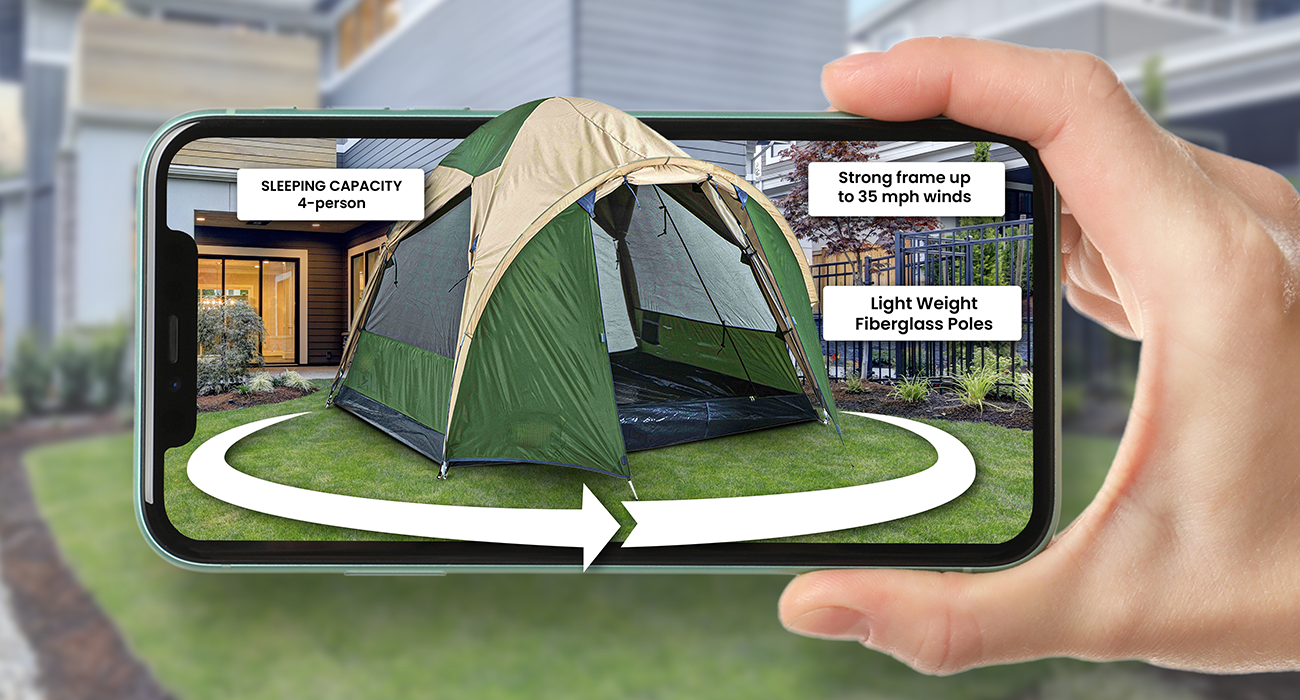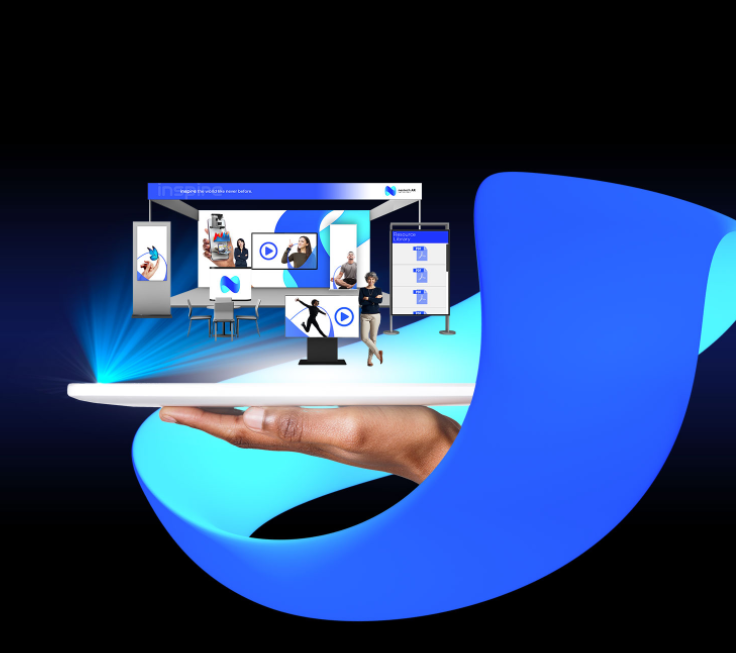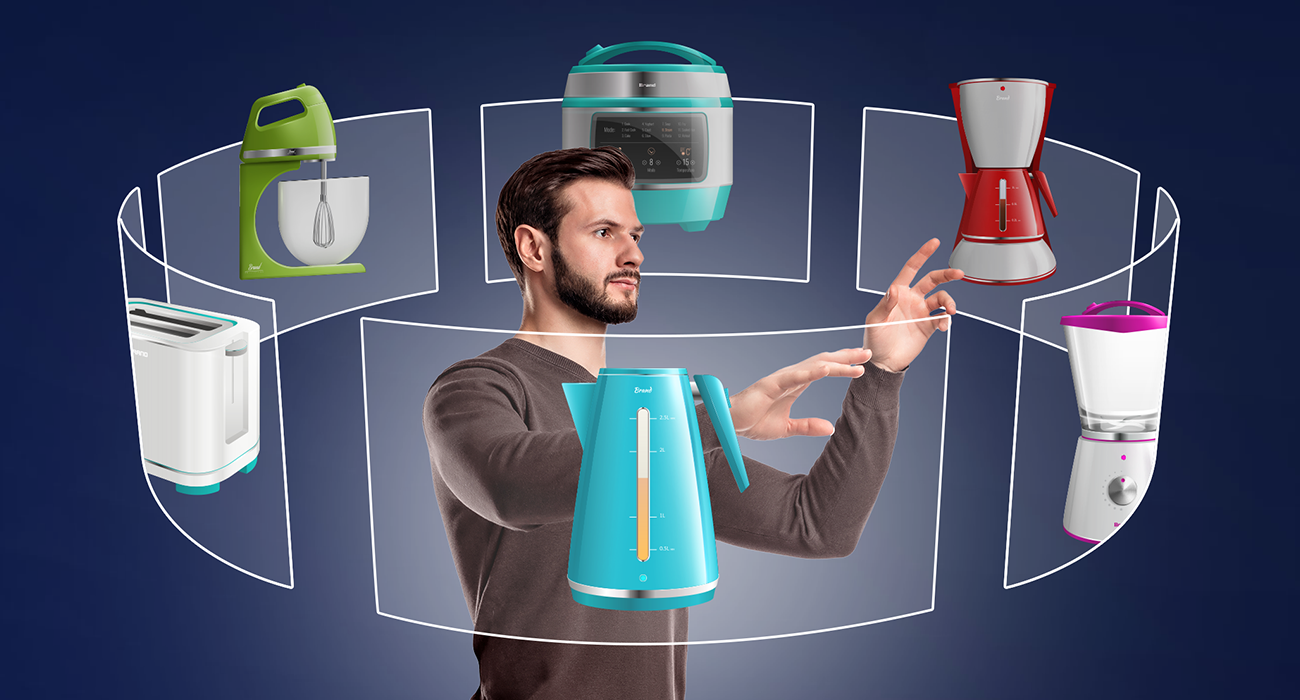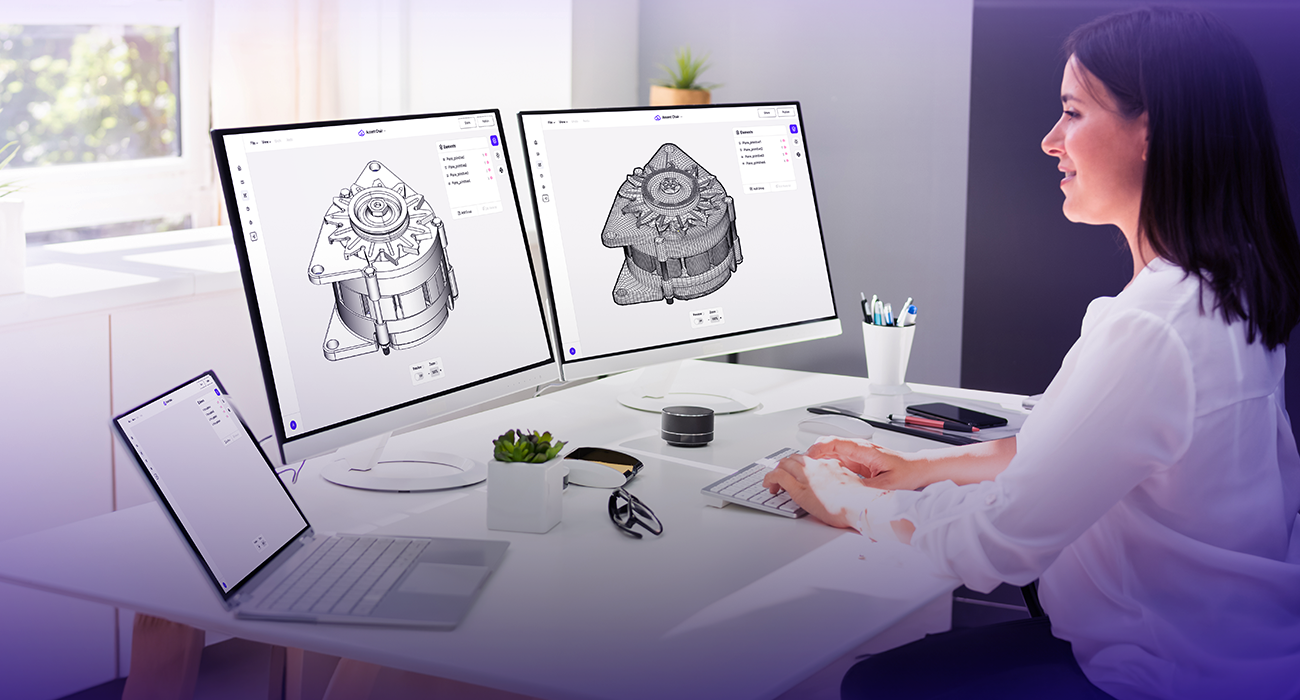In today's rapidly evolving eCommerce landscape, captivating visual experiences are the key to standing out from the crowd. Traditional product images, though essential, often fall short of conveying the true essence of a product. This is where 3D product visualization and AR product visualization come into play, revolutionizing the way businesses present their offerings.
In this blog post, we will delve into the benefits, implementation, best practices and real-world examples of 3D product visualization and AR product visualization for eCommerce. We will explore how these technologies can transform the way customers engage with products and enhance the overall shopping experience.
Section 1: The Power of 3D Product Visualization
Imagine shopping online for a new pair of shoes, and all you have are static images to rely on. While helpful, these images fail to provide a comprehensive understanding of the product. However, with 3D product visualization, the shopping experience becomes immersive and interactive. Customers can view products from various angles, zoom in to examine intricate details and even interact with different product features. The power of 3D product visualization lies in its ability to bridge the gap between physical and online shopping, offering a realistic and engaging experience that boosts customer confidence and drives conversions.
Nike, a renowned sportswear brand, implemented 3D product visualization on their eCommerce platform to give customers a dynamic and immersive shopping experience. By showcasing their footwear and apparel in 3D models, they allowed customers to rotate, zoom in and interact with the products from various angles. This level of interactivity enabled customers to evaluate the design, textures and features of the products in a way that traditional static images cannot replicate. As a result, it led to increased customer engagement and a deeper connection between customers and their products.
To learn about the importance of artificial importance in today’s world, read this.
Section 2: Benefits of Implementing 3D Product Visualization
Implementing 3D product visualization in eCommerce brings a plethora of benefits. Firstly, it vastly improves the customer experience. By providing a realistic representation of the product, customers can make more informed purchasing decisions. The ability to visualize the product from different perspectives helps eliminate doubts and uncertainties, ultimately leading to increased customer satisfaction.
Moreover, 3D product visualization has a direct impact on conversion rates. Interactive visuals build trust and create a deeper connection between customers and products. When customers can interact with a 3D representation of a product, they develop a sense of ownership and are more likely to convert into paying customers. This, in turn, reduces the rate of product returns, benefiting both businesses and customers.
Furthermore, the implementation of AR product visualization takes the customer experience to new heights. By integrating augmented reality technologies, customers can virtually place products in their own environments, allowing them to see how the products fit and complement their surroundings. This technology allows users to visualize the products' scale, style, and compatibility with their existing space, resulting in higher customer satisfaction and reduced returns. This interactive and personalized experience creates a stronger emotional connection with the products and further enhances the buying decision process.
Not limited to that, integrating 3D product visualization and AR into eCommerce platforms can also provide valuable data and insights. By analyzing customer interactions and engagement with the visual elements, businesses can gain a better understanding of customer preferences, behavior and purchasing patterns. This data can inform decision-making, product development and marketing strategies, leading to more targeted and personalized experiences for customers.

Section 3: Implementing 3D and AR Product Visualization
Now that we understand the importance of 3D product visualization and AR product visualization, let's explore how to implement them effectively. Various technologies are available for creating 3D visuals, including photogrammetry, 3D modeling and CAD software. Each approach has its strengths and considerations, and businesses should choose the most suitable method based on their product types, budget and desired level of realism.
Integrating 3D and AR visuals into an eCommerce platform requires careful consideration. Optimizing the implementation of 3D and AR assets while ensuring compatibility across devices and browsers are crucial to providing a seamless and accessible experience to all customers. Additionally, businesses must also consider the scalability of their solution. As product catalogues expand and technology evolves, it is important to choose a platform or solution that can accommodate future growth and advancements in 3D and AR technologies. This ensures that businesses can continuously enhance the customer experience and stay at the forefront of innovation.
Furthermore, it is worth noting that 3D product visualization and AR are not limited to specific industries. From fashion, luxury goods and home decor to automotive and electronics, businesses across various sectors can benefit from incorporating these technologies into their eCommerce strategies. Whether it's allowing customers to virtually try on clothing or visualize how a piece of furniture looks in their living room, the possibilities for enhancing the customer experience are vast.
For example, Wayfair, a leading online home goods retailer, embraced 3D product visualization to enhance their customers' shopping experiences. By utilizing 3D models and virtual reality (VR) technology, Wayfair enabled its customers to place virtual furniture and decor items within their homes to visualize how they fit and look. This interactive approach significantly reduced customer uncertainty and improved purchase decisions, resulting in higher conversion rates and customer satisfaction.
![]()
Section 4: Best Practices for 3D and AR Product Visualization
-
To create compelling 3D and AR product visuals, certain best practices should be followed. Capturing high-quality visuals involves paying attention to lighting, background, and camera angles. Experimenting with different setups can help showcase products in the most appealing and informative way. By using professional lighting techniques, businesses can highlight the product's features, textures and colors accurately, resulting in visually stunning visuals.
-
Incorporating interactive elements into 3D and AR visuals further enhances the customer experience. Features like product rotations, hotspots for highlighting specific details and configurable options allow customers to personalize their interaction with the product. This level of customization not only engages customers but also empowers them to make confident purchase decisions.
-
Consistency in visual style and branding remains crucial when implementing 3D and AR product visualization. Maintaining a cohesive look and feel across all product visuals helps establish a strong brand identity and fosters trust with customers. From color schemes to typography choices, every aspect should align with the overall brand image.
-
Moreover, it is essential to consider the context in which 3D product visualization is presented. Placing the visuals in relevant settings or demonstrating the product's usage can create a more immersive experience for customers. By showcasing the product in real-life scenarios, businesses can help customers envision how the product fits into their lives, further enhancing its appeal.
Conclusion
In the ever-evolving eCommerce landscape, 3D product visualization has emerged as a game-changer. And as technology continues to advance, the possibilities for enhancing eCommerce experiences through 3D product visualization are endless. By embracing this transformative technology and following best practices, businesses can stay ahead in the competitive eCommerce arena and create memorable experiences that drive customer satisfaction and loyalty.
So, are you ready to take your eCommerce store to the next level? Embrace the power of 3D product visualization and AR and unlock new possibilities to captivate your customers, drive sales and build lasting relationships. Start exploring the potential of these technologies today and watch your eCommerce business thrive.
3D Product Visualization Solutions by Nextech3D.ai
Nextech3D.ai is a diversified augmented reality, AI technology company that leverages proprietary artificial intelligence (AI) to create 3D experiences for the metaverse. Its main businesses are creating 3D Web AR photorealistic models for the prime eCommerce marketplace as well as many other online retailers.
ARitize3D:
Revolutionizing Visualization with AI-Generated 3D Models, CAD Files and AR
ARitize3D is a solution that utilizes Artificial Intelligence to turn 2D models and CAD files into 3D models that can be viewed in Augmented Reality. This powerful technology has been used in many industries to enhance the user experience and provide better visualization of products.
ARitize3D Configurator:
Turn your existing 2D product images or CAD files into exciting, high-quality 3D
Transform your product images or CAD files into stunning, immersive 3D and AR experiences with the power of AI. Engage your customers with interactive, real-time 3D models that allow them to easily swap colors, parts and materials. With our advanced technology, you can showcase your products in a whole new dimension, making it easier than ever for customers to visualize and customize their purchases.
Get started today - Contact Us!








